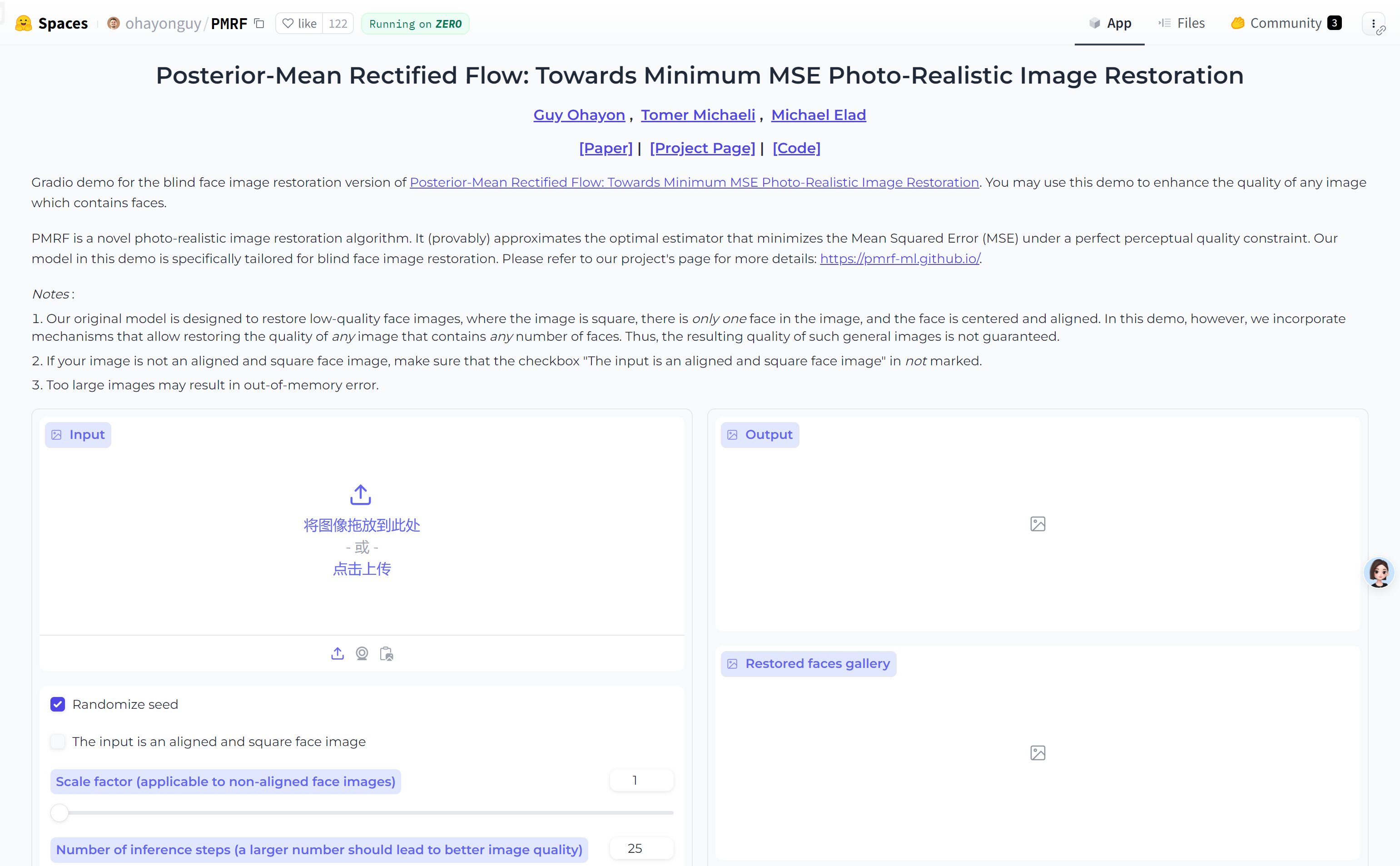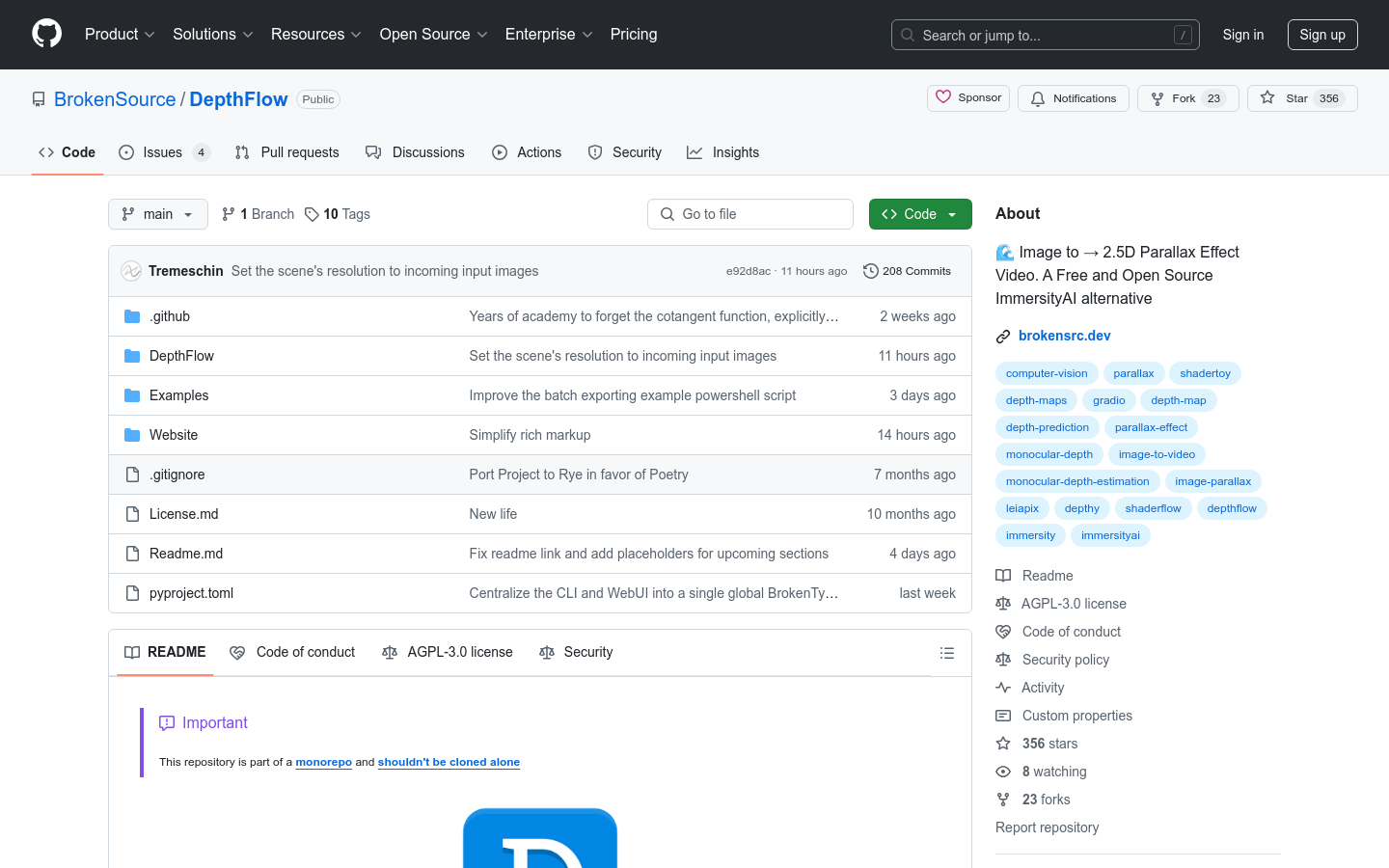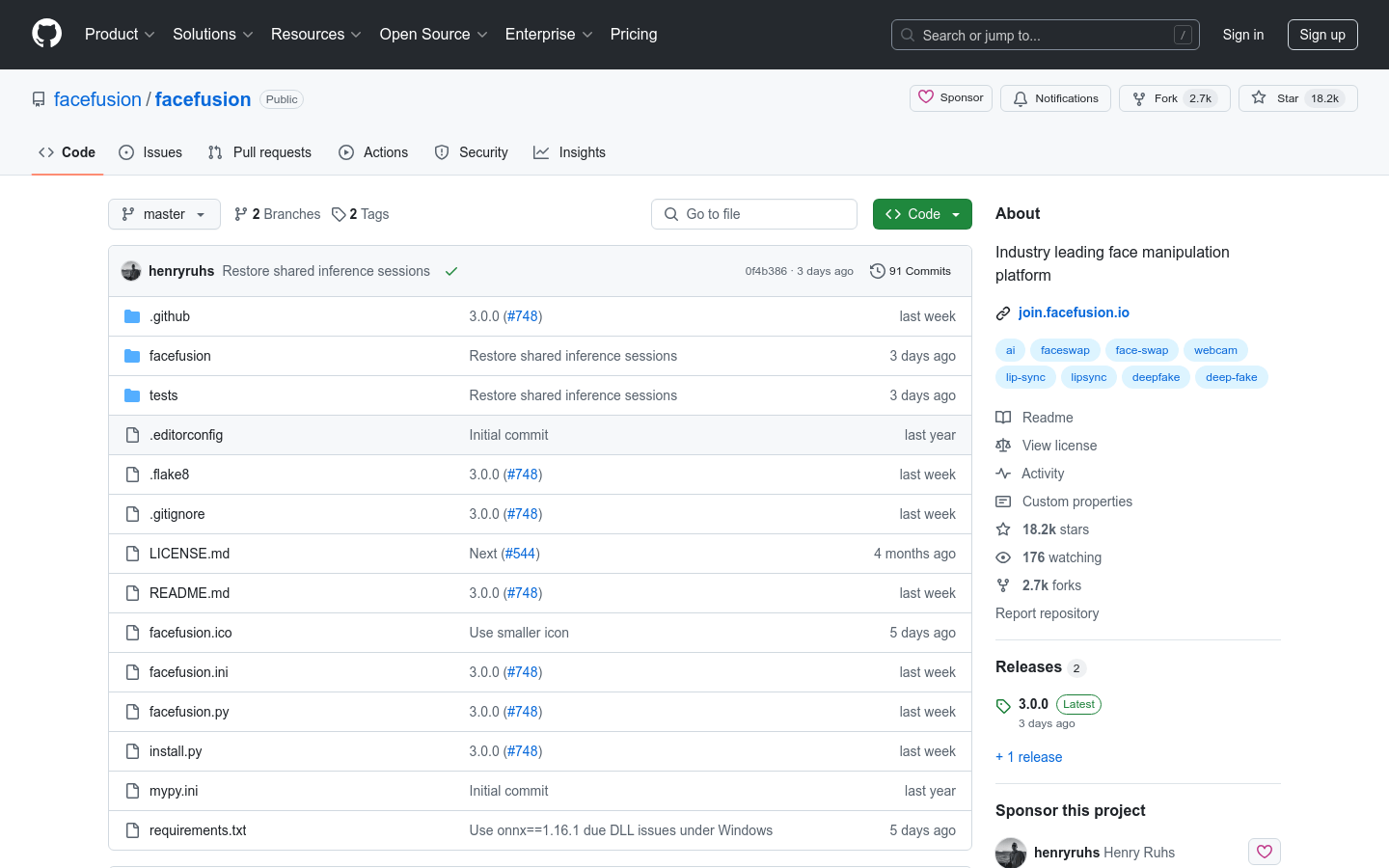Light and shadow magic hand
Easy-to-use, powerful free photo editing software

Product Details
Light and Shadow Magic Hand is a feature-rich image processing software that provides a variety of photo editing tools and AI technology to help users easily edit and beautify photos. The software has a friendly interface, simple operation, supports a variety of image formats, and is suitable for users of all levels.
Main Features
How to Use
Target Users
Light and Shadow Magic Hand is suitable for photography enthusiasts, designers, and ordinary users who need to edit images. It is simple to use and powerful. It can help users quickly improve picture quality and meet image processing needs in different scenarios.
Examples
Photography enthusiasts use light and shadow magic to post-process pictures and improve photo quality.
Designers use the template puzzle function of Light and Shadow Magic to quickly create promotional images.
Ordinary users use the one-click clear function of Light and Shadow Magic Hand to repair blurry photos.
Quick Access
Visit Website →Categories
Related Recommendations
Discover more similar quality AI tools

ComfyUI-Fluxtapoz
ComfyUI-Fluxtapoz is a collection of nodes designed for Flux to edit images in ComfyUI. It allows users to edit and style images through a series of node operations, and is especially suitable for professionals who need to perform image processing and creative work. This project is currently open source and follows the GPL-3.0 license agreement, which means that users can freely use, modify and distribute the software, but they need to comply with the relevant provisions of the open source license.

FaceFusion Labs
FaceFusion Labs is a leading platform focused on facial manipulation, leveraging advanced technology to enable the fusion and manipulation of facial features. The platform’s main advantages include high-precision facial recognition and fusion capabilities, as well as a developer-friendly API interface. FaceFusion Labs background information shows that it made an initial submission on October 15, 2024, and was developed by Henry Ruhs. The product is positioned as an open source project, encouraging community contributions and collaboration.

DisEnvisioner
DisEnvisioner is an advanced image generation technology that isolates and enhances subject features to generate customized images without tedious adjustments or reliance on multiple reference images. This technology effectively distinguishes and enhances subject features while filtering out irrelevant attributes, achieving superior personalization quality in terms of editability and identity preservation. The research background of DisEnvisioner is based on the current need in the field of image generation for extracting subject features from visual cues. It solves the challenges of existing technologies in this field through innovative methods.

FacePoke
FacePoke is an AI-powered real-time head and face transformation tool that allows users to manipulate facial features through an intuitive drag-and-drop interface, breathing life into portraits for realistic animations and expressions. FacePoke utilizes advanced AI technology to ensure that all edits maintain a natural and realistic appearance, while automatically adjusting surrounding facial areas to maintain the overall integrity of the image. This tool stands out for its user-friendly interface, real-time editing capabilities, and advanced AI-driven adjustments, making it suitable for users of all skill levels, whether they are professional content creators or beginners.

Pic Pic AI
Pic Pic AI Editor is a powerful AI picture editing tool that provides a variety of functions such as photo enhancement, background removal, object removal, etc., allowing users to easily edit photos at a professional level. This product is based on a user-friendly interface and efficient AI technology, aiming to simplify the image editing process and improve editing efficiency while ensuring the output image quality. Pic Pic AI editor is suitable for users of all levels, whether they are social media users, e-commerce sellers or professional photographers, who can improve their image processing capabilities through this platform.

photo4you
photo4you is an online ID photo production website based on artificial intelligence technology. Users can easily create ID photos without downloading or installing any software. The website supports a variety of standard sizes for official documents such as passports, visas, and driver's licenses. It automatically removes photo backgrounds through intelligent background removal, ensuring that ID photos have a clear, professional look. Users can download the produced ID photos immediately, saving time and trouble. photo4you provides high-resolution output suitable for printing or digital submission.

PMRF
PMRF (Posterior-Mean Rectified Flow) is a newly proposed image restoration algorithm designed to solve the distortion-perceptual quality trade-off problem in image restoration tasks. It proposes a novel image restoration framework by combining posterior mean and correction flow, which can reduce image distortion while ensuring the perceptual quality of the image.

DepthFlow
DepthFlow is a highly customizable parallax shader for animating your images. It is a free and open source ImmersityAI alternative capable of converting images into videos with 2.5D parallax effect. This tool has fast rendering capabilities and supports a variety of post-processing effects, such as vignette, depth of field, lens distortion, etc. It supports a variety of parameter adjustments, can create flexible motion effects, and has a variety of built-in preset animations. In addition, it also supports video encoding and export, including H264, HEVC, AV1 and other formats, and provides a user experience without watermarks.

Minionverse
Minionverse is an AI-based creative workflow that generates images by using different nodes and models. This workflow is inspired by an online glif application and provides a video tutorial to guide users on how to use it. It contains a variety of custom nodes that can perform text replacement, conditional loading, image saving and other operations. It is very suitable for users who need to generate and edit images.

PuLID-Flux ComfyUI implementation
PuLID-Flux ComfyUI implementation is an image processing model based on ComfyUI, which uses PuLID technology and Flux model to achieve advanced customization and processing of images. This project was inspired by cubiq/PuLID_ComfyUI and is a prototype that uses some handy model tricks to handle the encoder part. The developers wish to test the quality of the model before re-implementing it more formally. For better results, it is recommended to use the 16-bit or 8-bit version of the GGUF model.

Posterior-Mean Rectified Flow
Posterior-Mean Rectified Flow (PMRF) is a novel image restoration algorithm that minimizes the mean square error (MSE) by optimizing the posterior mean and rectified flow model while ensuring image fidelity. The PMRF algorithm is simple and efficient, and its theoretical basis is to optimize the posterior mean prediction (minimum mean square error estimate) to match the real image distribution. This algorithm performs well in image restoration tasks, can handle various degradation problems such as noise and blur, and has good perceptual quality.

FaceFusion
FaceFusion is an industry-leading facial manipulation platform specializing in face swapping, lip sync, and deep manipulation technologies. It utilizes advanced artificial intelligence technology to provide users with a highly realistic facial operation experience. FaceFusion has a wide range of applications in image processing and video production, especially in the entertainment and media industries.

StableDelight
StableDelight is an advanced model focused on removing specular reflections from textured surfaces. It builds on the success of StableNormal, which focuses on improving the stability of monocular normal estimation. StableDelight solves the challenging task of removing reflections by applying this concept. The training data includes Hypersim, Lumos, and various specular highlight removal datasets from TSHRNet. Furthermore, we integrate multi-scale SSIM loss and stochastic conditional scaling techniques during diffusion training to improve the clarity of one-step diffusion predictions.

Colorful Diffuse Intrinsic Image Decomposition
Colorful Diffuse Intrinsic Image Decomposition is an image processing technique that decomposes photos taken in the wild into albedo, diffuse shadows, and non-diffuse residual components. This technique enables the estimation of colorful diffuse shadows in images by progressively removing monochromatic lighting and Lambertian world assumptions, including multiple lighting and secondary reflections in the scene, while modeling specular and visible light sources. This technology is important for image editing applications such as specular removal and pixel-level white balancing.

A Diffusion Approach to Radiance Field Relighting using Multi-Illumination Synthesis
This is a method of creating re-illuminable radiation fields by leveraging priors extracted from 2D image diffusion models. This method is able to convert multi-view data captured under single illumination conditions into a dataset with multiple illumination effects and represent the re-illuminable radiation field through 3D Gaussian splats. This method does not rely on precise geometry and surface normals, and is therefore more suitable for handling cluttered scenes with complex geometries and reflective BRDFs.

opencv_contrib
opencv_contrib is an additional module library for OpenCV used to develop and test new image processing functions. These modules are usually integrated into the OpenCV core library after the API is stable, fully tested, and widely accepted. This library allows developers to use the latest image processing technology, driving innovation in the field of computer vision.